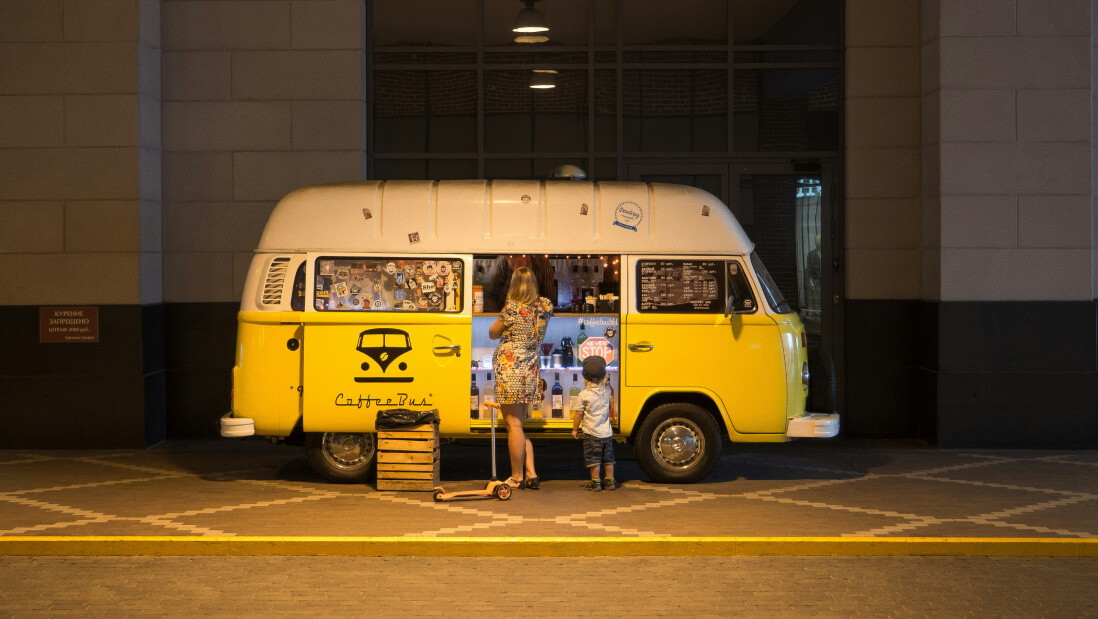
If you’re running a food truck business, your menu is one of the most critical elements that will determine your success. A well-designed menu doesn’t just list dishes—it influences customer choices, enhances your brand identity, and maximizes profitability. That’s why understanding menu design principles, menu pricing strategies, and customer psychology is essential for success.
A great food truck menu needs to be clear, appealing, and strategically structured to boost sales. Customers expect their food to be delicious and served quickly, so your menu should simplify their decision-making process while highlighting your best and most profitable dishes.
In this guide, we’ll walk you through every step of creating a great food truck menu, from selecting menu items and setting prices to designing a visually appealing menu. Whether you’re just starting or want to optimize an existing menu, this article will help you build a high-converting menu that attracts more customers and increases sales.
Before you start listing menu items, you need to be clear about your concept. Are you serving gourmet burgers, authentic street tacos, or something else entirely? Your concept will influence everything from your menu design to your pricing strategy.
Here’s how to define your food truck menu concept effectively:
By defining your concept early, you’ll make better decisions when selecting menu items and structuring your menu layout.
Before you design your menu, start by listing every possible menu item you want to sell. Consider the type of food truck you’re running and the dishes that best represent your brand. Here are some key things to think about:
Wondering how to organize all these delicious possibilities? Our guide on menu components will help you structure your offerings for maximum impact.
Organizing your menu into clear, logical categories makes it easier for customers to navigate and choose their meals quickly. A well-structured menu can also help you highlight best-sellers and maximize profit. Here’s how to structure your food truck menu effectively:
If you’re unsure how to organize your menu, take inspiration from restaurant menus. Check out this article on menu categories to see different ways to structure your menu effectively.
Turn your paper menu into an interactive online menu that customers can access anywhere. Plus, take pick-up & delivery orders directly and keep 100% of your sales – no commission fees.
Pricing your menu correctly is key to running a profitable food truck. If prices are too high, customers may not buy. If they’re too low, you won’t make enough to cover costs. Here’s how to set your menu prices effectively:
Want to know how successful food trucks maximize their profits? Read about how much food trucks make.
Menu descriptions are just as important as menu items themselves. A well-written menu description helps customers visualize the food and makes them more likely to buy. Here’s how to craft effective descriptions:
Your menu’s color scheme plays a huge role in attracting people and making the text easy to read. Here’s how to create the right color combination that really works:
If you need inspiration, check out free color palettes on tools like Adobe Color CC or Colors. You can place different colors side by side to see how they work together. For example, if your brand color is red, try pairing it with neutral tones to create balance.
Once you’ve planned your menu structure, pricing, and colors, it’s time to design it. Here’s how to create a layout that works:
Tools like Canva and Adobe Suite can help you create a visually appealing menu. Place items strategically to draw attention to your most profitable dishes.
Great food photography can really increase sales. Here’s how to create photos that make people want to place an order fast:
After designing your menu, it’s really important to test it out before printing. Here’s how to create the final version:
Try different versions – Unless you’re completely sure about your layout, test a few options.
Think about placement – Consider where you’ll display your menu. Will it be visible from a longer distance?
Proofread everything – Check for typos and pricing errors, then check again to be really sure.
Before printing, here’s how to create your final version: Double-check the entire menu for mistakes. Make sure all prices are correct and descriptions are accurate. This is a really important step that a lot of people rush through.
When you’re ready to print, use high-quality materials that can withstand wear and tear. Place your order with a professional printer unless you have access to top-quality printing equipment.
For example, consider weather-resistant paper for outdoor menus and matte finishes to reduce glare. You may also want to create QR code menus for customers to scan and view digitally – this is a fun and modern touch that makes ordering fast and easy.
In today’s digital world, you need to think beyond paper menus and chalkboards. Your customers want to browse your menu on their phones before they even reach your truck, so creating a mobile-friendly menu isn’t just nice to have – it’s essential.
Here’s what a digital menu can do for your food truck:
Consider using a digital menu platform like Menubly that handles all these features automatically, letting you focus on what you do best – creating amazing food.
A well-crafted food truck menu can do much more than just list items—it can increase sales, build your brand, and improve the customer experience. By following these steps, you’ll ensure your menu is visually appealing, easy to navigate, and optimized for profitability.
If you’re serious about growing your food truck business, don’t stop at just a great menu. Read our guide on How to Start a Food Truck, Create Food Truck Business Plan and explore additional resources on Food Truck Marketing.
Turn your paper menu into an interactive online menu that your customers can browse and order from anywhere.